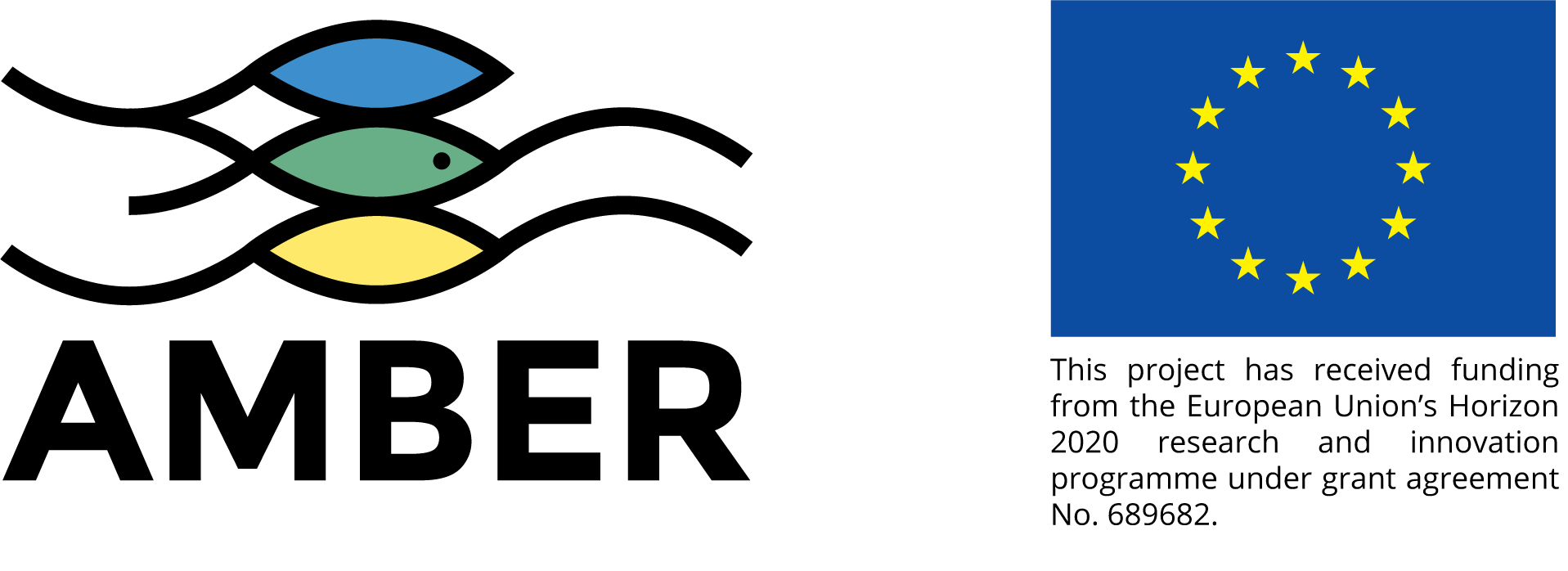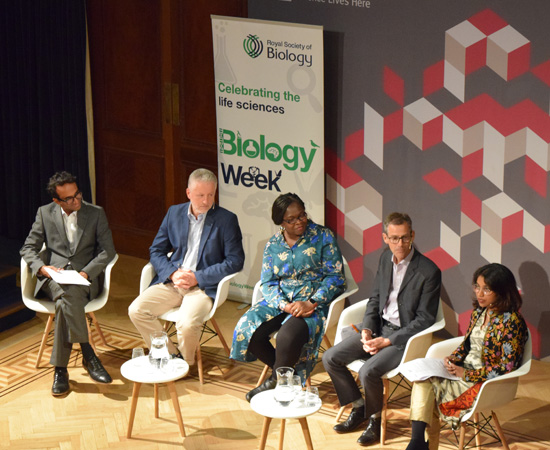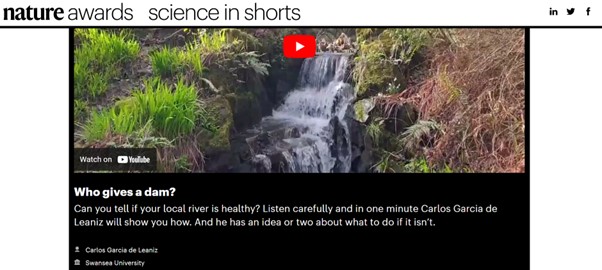Barrier Tools

Barrier Atlas
September 29, 2016
Kick-off meeting in Poland
September 29, 2016
AMBER will create a set of decision support tools for barrier management.
Four different tools will developed as part of the AMBER project. Each of these tools can be used as a practical aid in decision making processes related to stream barriers. These tools are described below.
The Rapid Barrier Passability and Impact Assessment (PIA) tool is a tool predicting the passability (upstream and downstream) of different barrier types and sizes. It will be created using models of barrier effects on habitats and biology and the atlas data. This will be improved and validated with local hydrological and passability data within test catchments. This won’t just be for Salmon, but for many different migratory fish guilds.
The Rapid Habitat Mapping tool will be developed for rapid mapping of habitats around barriers and unimpacted river sections using drone photography and onsite evaluations.
The eDNA tool will use environmental DNA (eDNA), whereby a water sample is rapidly analysed for a suite of DNA markers indicating species present. The tool will be developed to allow rapid species assessments up/downstream of barriers and allow barrier passability assessment and monitoring of barrier mitigation/removal/installation works. This is currently novel technology but the AMBER project hopes to develop this into being a useable and robust method.
The Ecosystem Services (ESS) tool will examine inter-dependencies between ecosystem services and stakeholders. The ESS tool to be developed will allow socio-economic cost-benefit analyses of barriers. This will include the ability to assess the demand and value of ESS in fisheries, conservation, agriculture, hydropower and nutrient treatment. The output will be a tool which can be used to provide objective and comparable information for stakeholder conflict resolution.
These four barrier tools will be incorporated into a final Barrier planning tool. This will detail the information that needs to be collected, focussing on maximising river connectivity, hydropower generation, water storage capacity, water abstraction, recreation, and fishing as well as incorporating cultural values of structures. It will incorporate the ESS and PIA models developed to produce objective information which can prioritise where barriers should be removed, where they could be constructed, and where mitigation measures should be prioritised. This will be done at a strategic level (i.e. at a National level with a model which examines the river networks) to aid national decision making, assist in conflict resolution and prevent ‘NIMBYism’ (Bodis et al., 2014). This tool will be ‘Adaptive’ in that it will be easily updateable with changing market values, advances in barrier and barrier mitigation technology, advances in scientific understanding, and changing estimates of non-market benefits.
Follow AMBER on Twitter and Facebook or sign up for the newsletter to stay up to date!
Bodis K, Monforti F, Szabó S (2014) Could Europe have more mini hydro sites? A suitability analysis based on continentally harmonized geographical and hydrological data. Renewable and Sustainable Energy Reviews. 37, 794-808.



